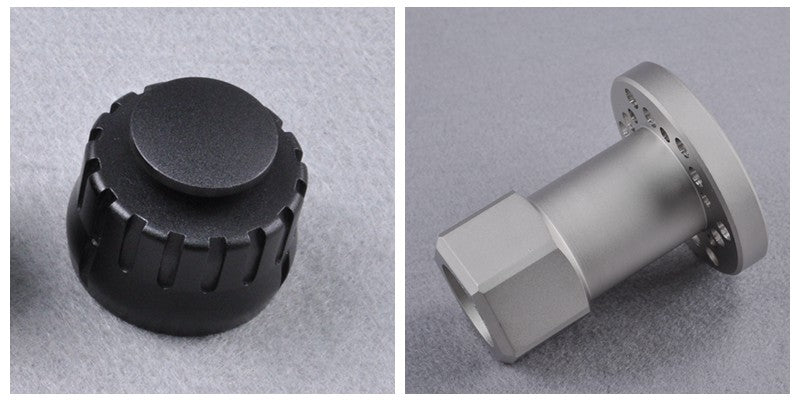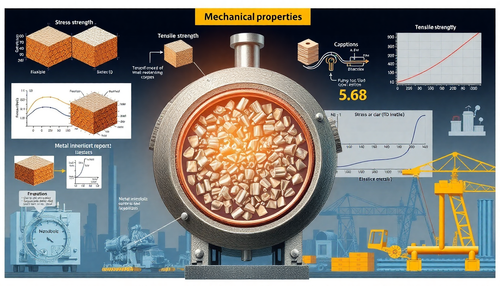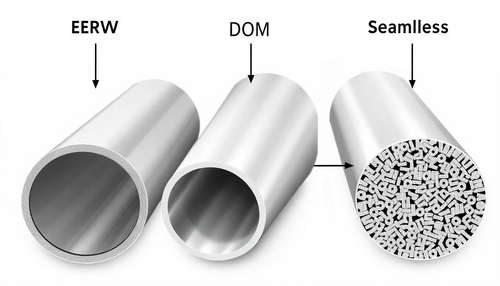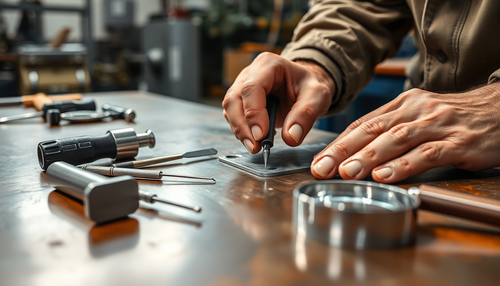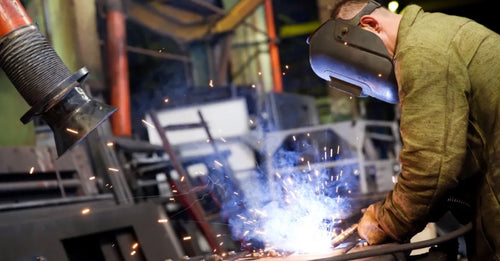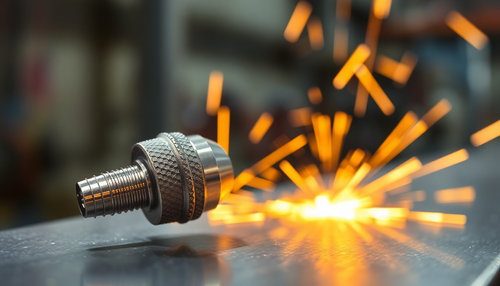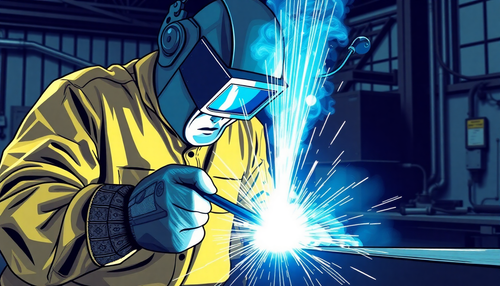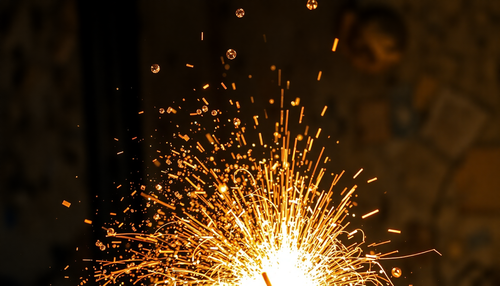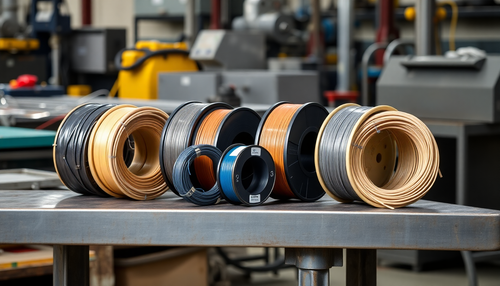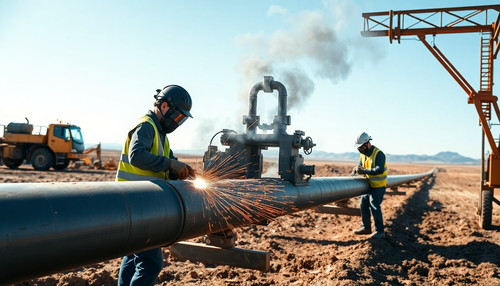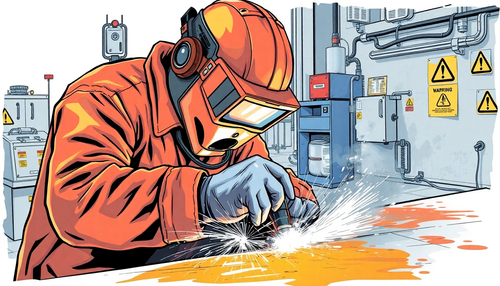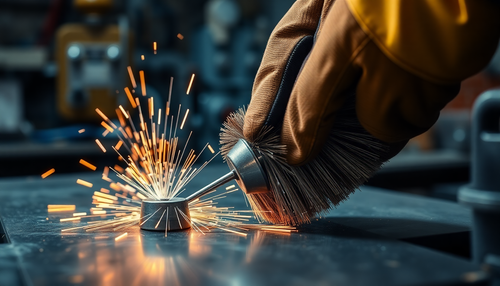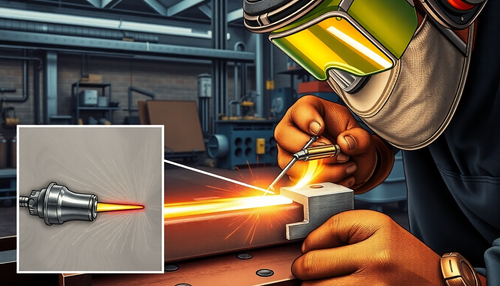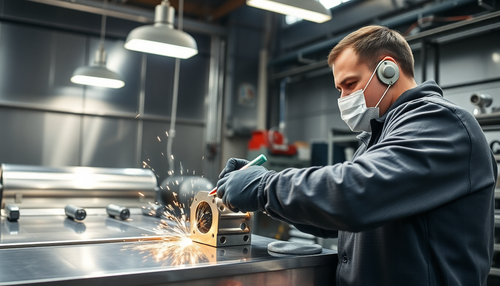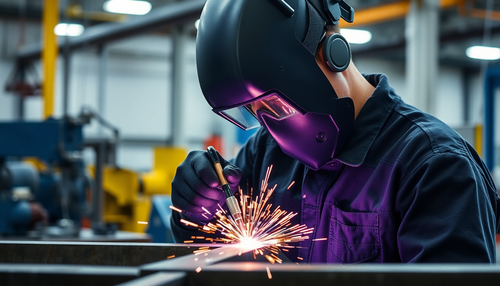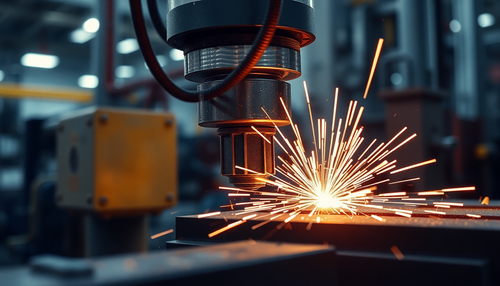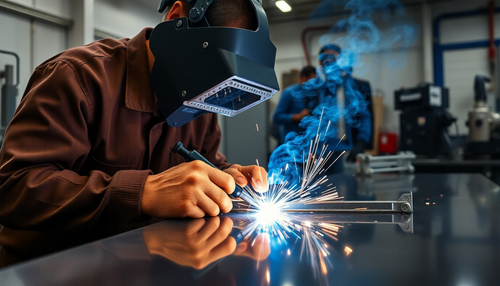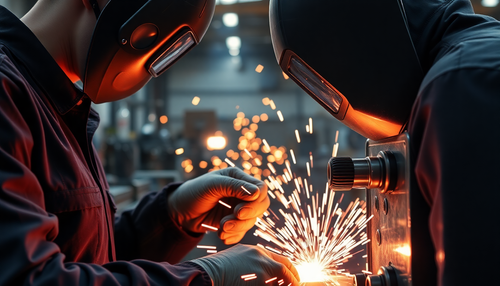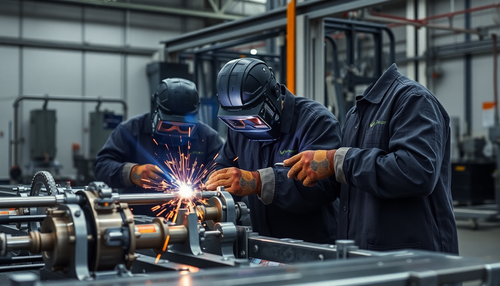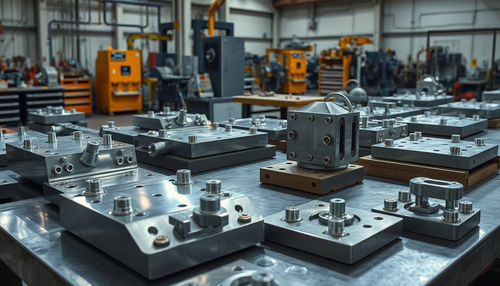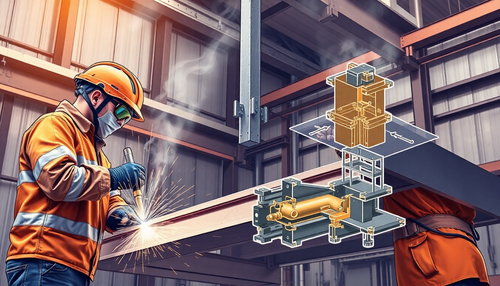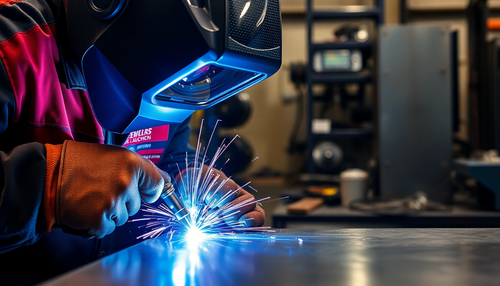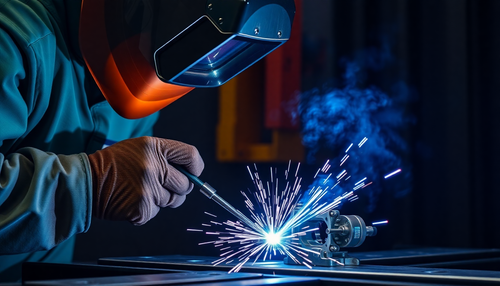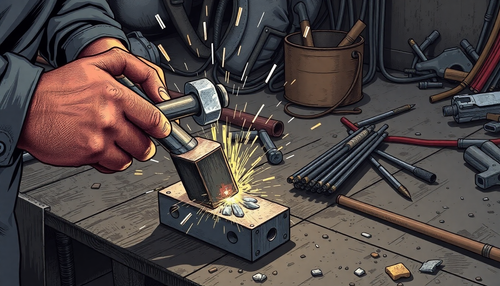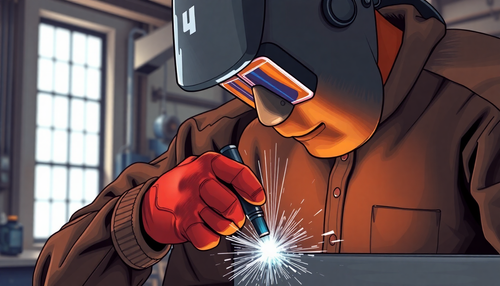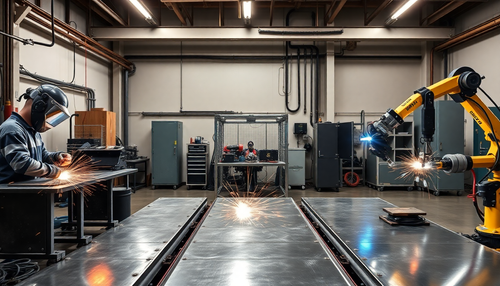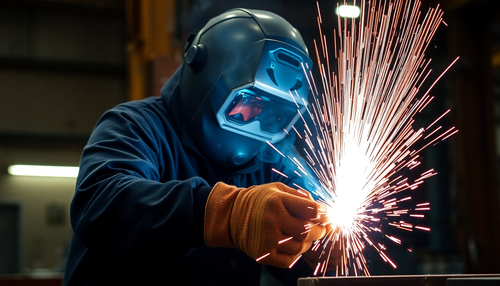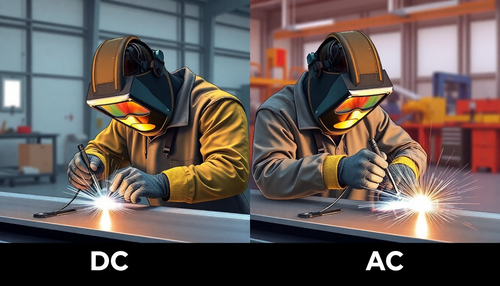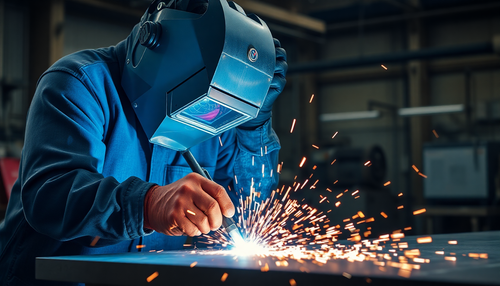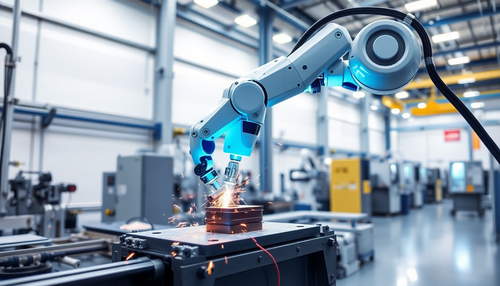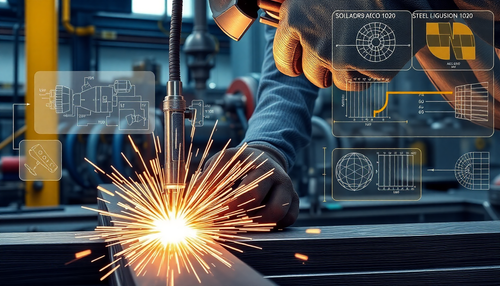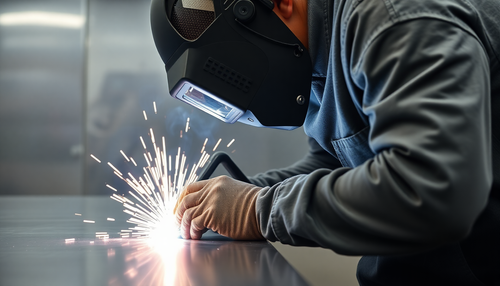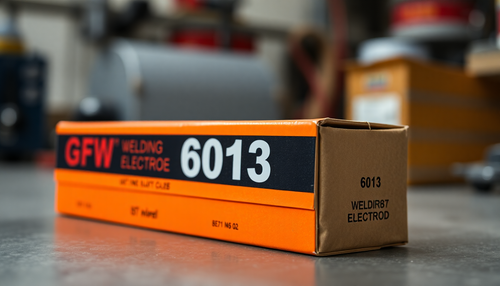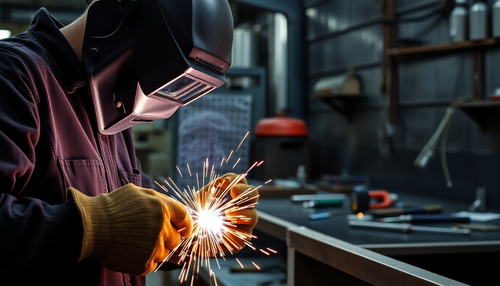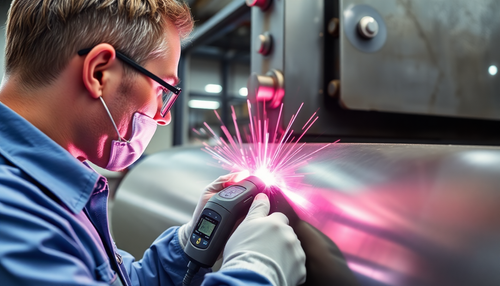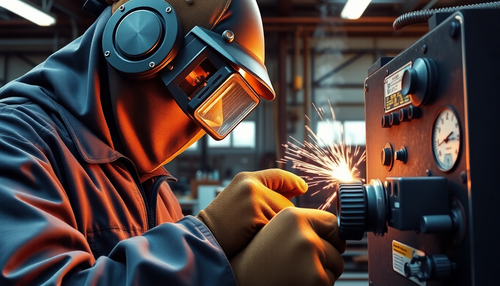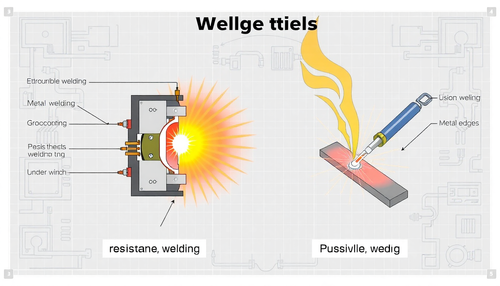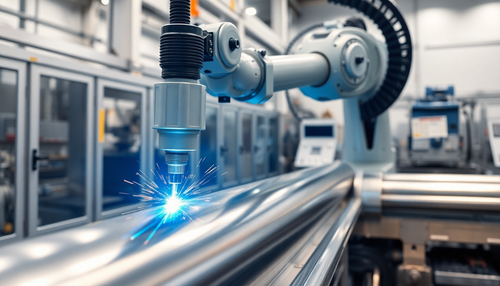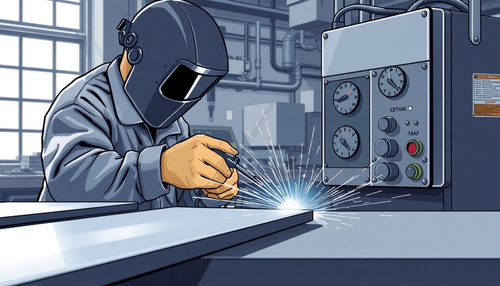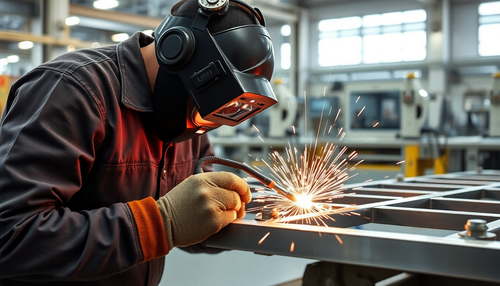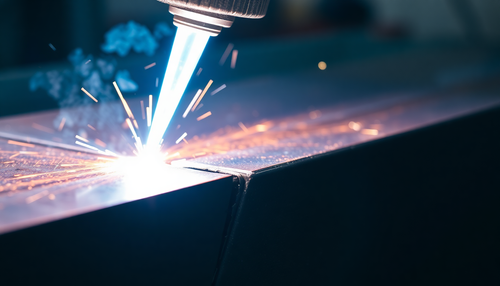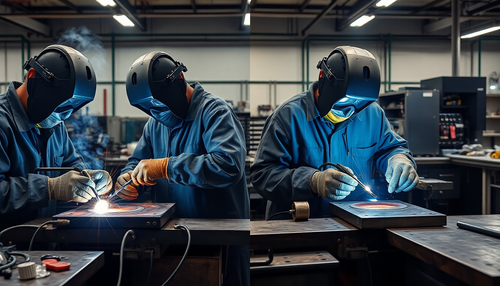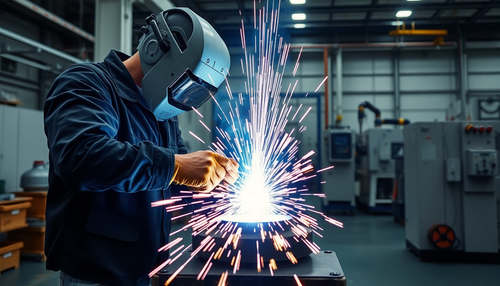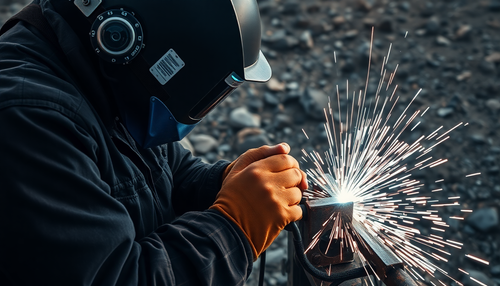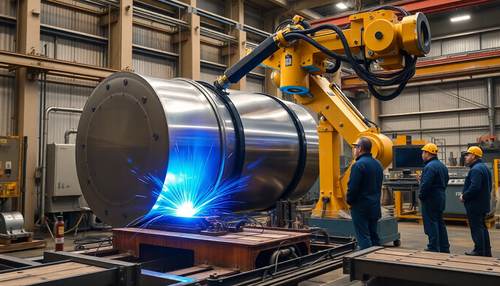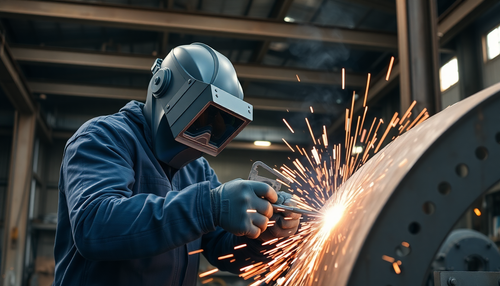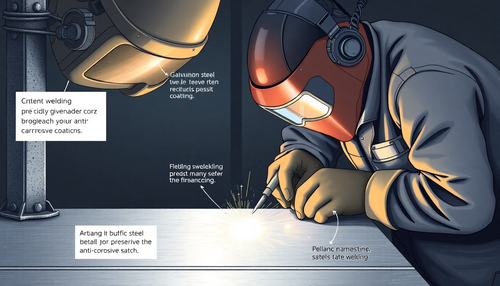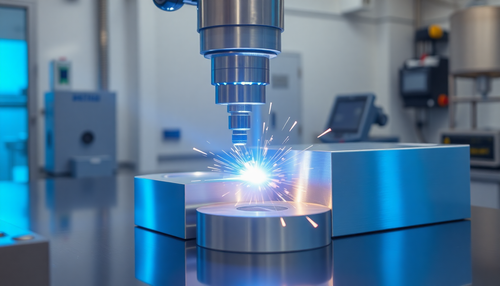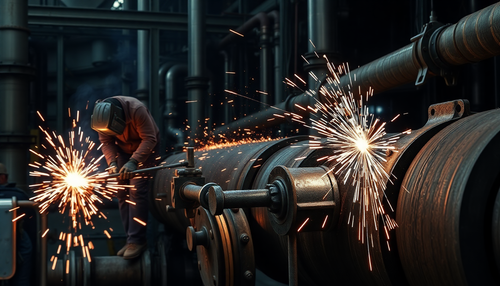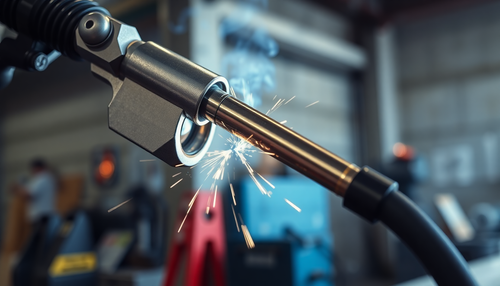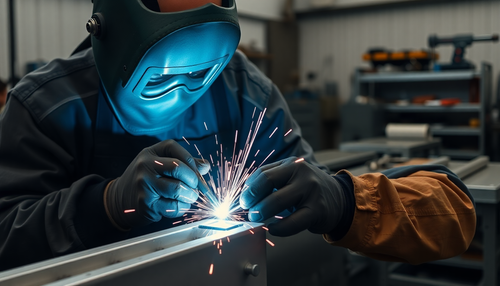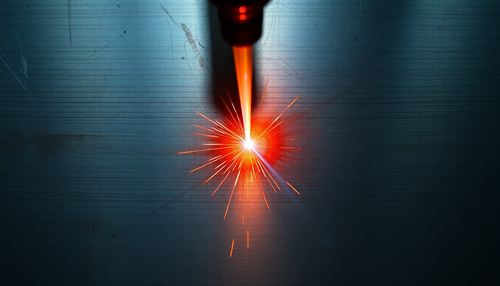
When it comes to metallic finishes, there are many different options to choose from. Two popular options for industrial applications are hard chrome plating and chemical nickel plating. Both have unique advantages that make them ideal for different types of projects. In this blog post, we'll take a closer look at hard chrome plating and chemical nickel plating.
What is hard chrome plating?
Hard chrome is also known as industrial chrome. It differs from decorative chrome. Hard chromium is a galvanic process in which chromium is introduced into a metallic component from a chromic acid solution. There are different types of hard chrome such as crack-free chrome, porous chrome, microporous chrome and micro-cracked chrome.
The chrome coating increases wear resistance and minimizes friction. It also increases corrosion resistance, gives coated metal components a shiny appearance, and is better than a decorative chrome finish due to its wear and corrosion resistance and optical properties.
This is how hard chrome plating works: step by step

Hard chrome plating is an electroplating process in which a layer of chromium is deposited onto a metal substrate using a chromic acid anode and an electrolyte solution. The hard chrome plating process can be used to coat metals such as steel, stainless steel, nickel, brass, copper and aluminum.
The hard chrome plating process includes the following steps:
1. Cleaning : The metal substrate is cleaned using different methods depending on the type of metal to be coated. For example, steel and stainless steel substrates are typically cleaned with an acidic solution to remove rust or corrosion. Nickel, brass and copper substrates are typically cleaned with an alkaline solution to remove dirt or grease. Aluminum substrates are generally cleaned with a chromic acid solution to remove oxide films.
2. Activation : The metal substrate is activated by immersion in an activation bath. This step aids the electroplating process by increasing the surface area of the metal to which the chromium attaches.
3. Coating : The metal substrate is dipped into the coating bath containing a chromic acid anode and an electrolyte solution. When current is applied, chromium ions are attracted from the anode to the metal substrate, where they bond to the surface.
The thickness of the chromium layer can be controlled by the length of time the chromic acid solution is exposed to the metal. The longer the metal remains in the solution, the thicker the chromium layer becomes.
4. Conclusion : Once the desired thickness is achieved, the coated metal substrate is removed from the coating bath and rinsed with water. The hard chrome plating process is complete.
Hard chrome application

The main purposes of hard chrome are wear resistance, corrosion resistance and restoration of the dimensions of worn or damaged parts. Hard chrome is widely used in aerospace, automotive, marine, machine tool manufacturing and other industries.
Aerospace
Hard chrome is widely used in the aerospace industry for various purposes. One of the most important purposes is wear resistance. Parts subject to high levels of wear, such as those used in aircraft engines.
It is also used for corrosion resistance. In the aerospace industry, parts are often exposed to harsh environments such as chemicals and high temperatures. The chromium layer forms a barrier that protects the underlying metal from corrosion.
Auto Industry
Hard chrome is commonly used in automotive parts such as piston rings and valve stems. It can also be used on other wear parts such as gears and bearings. When used correctly, hard chrome can significantly extend the life of these parts.
marine
Hard chrome plating for marine applications offers many advantages. Hard chrome is extremely resistant to corrosion, making it ideal for boat accessories, propellers and other underwater components. It also has a very low coefficient of friction, making it ideal for bearings and other moving parts.
machine tool
The hard chrome plating process is widely used on various metal parts to achieve the required thickness. One of the applications is hard chrome in machine tools to increase tool life.
How do you shine chrome?
Polishing hard chrome isn't difficult, but it does require some care and attention to detail. The key to a good polish is a clean surface. Dirt, oil or other contaminants on the surface will prevent polishing agents from removing chrome evenly.
Once the surface is clean, you can begin polishing using a soft cloth and mild polishing compound. Apply the paste to the cloth and rub it over the chrome surface in circular motions. Make sure to cover the entire surface evenly.
After a few minutes of polishing, the chrome should start to shine. Otherwise, you may need to use a stronger polishing compound. Once the chrome shines, you can polish it with a soft cloth to bring out the shine.
What is chemical nickel plating?

Electroless nickel plating (ENP) is a process that uses an autocatalytic chemical reaction to deposit a layer of nickel-phosphorus or nickel-boron alloy on a material. This process can be used on many different types of metal, but is most commonly used on steel and aluminum.
The advantage of this type of coating is that no electrical current is required to adhere the nickel to the metal surface. This makes this coating ideal for coating objects that would be difficult to coat using traditional methods.
During the process, the ions are reduced to a uniform coating using a hypophosphite agent. The phosphorus content can vary, so the phosphorus content during coating can be low, medium or high.
The phosphorus content is 2 to 5% for low phosphorus coatings, 5 to 9% for medium phosphorus coatings, and almost 8% for high phosphorus coatings. The properties of coated metals are strongly influenced by the phosphorus content. Increasing the phosphorus content increases the hardness but reduces the corrosion resistance of the coated metal.
How does chemical nickel plating work?
In chemical nickel plating, a nickel-phosphorus alloy is applied to a substrate through an autocatalytic chemical reaction.
To this end, cleaning the substrate removes dirt or other debris and improves substrate adhesion for accurate coating.
After cleaning, pre-treatment steps are carried out to prepare the substrate for the coating process.
Once pretreatment is complete, the substrate is immersed in a plating bath containing positively charged nickel-phosphorus.
Due to the autocatalytic chemical reaction, nickel ions begin to deposit on the substrate.
Finally, the positively charged ions are reduced to a uniform layer of metallic nickel using a chemical reducing agent (sodium hypophosphite).
Application of chemical nickel plating
This coating technique is often used to coat various components in different industries. It is mainly used in the aerospace, automotive and petroleum industries.
In the aerospace industry, various parts such as engine shafts, valves and other parts are coated to protect them from corrosion and wear.
In the automotive industry, manufacturers also subject various components such as cylinders, injectors and pistons to a chemical nickel coating to make them resistant to corrosion and wear.
It is also used in the oil and gas industry for equipment that can withstand harsh weather conditions. In the petroleum industry, nickel is applied to other components that are underwater, such as pipe fittings and pumps, to protect them from extreme conditions.
Various electronic devices such as circuit boards and hard drives are also chemically coated to improve the non-stick effect and use them for repair purposes.
Nickel cleaning using methods

Here are some tips for cleaning nickel plating.
One of the best ways to clean nickel plating is with a mild soap solution. You can simply clean the nickel plated surface with a soft cloth or sponge.
If debris or stubborn stains form, you can scrub them with a toothbrush or other soft brush. Be sure to rinse the area well with clean water afterwards.
If the nickel plating is very dirty or tarnished, you may need to use a stronger cleaning solution. You can make a simple cleaning solution by mixing equal parts white vinegar and water.
For tougher stains, you can add a little baking soda to the mixture. Apply the solution to the nickel-plated surface with a soft cloth or sponge and scrub away any deposits or stains. Then, rinse the area well with clean water.
Differences between hard chrome and chemical nickel plating
toughness
Hardness is the main difference between hard chrome and chemical nickel plating. Hard chrome plating is harder than electroless nickel plating, but both electroless nickel plating and hard chrome plating protect components against wear. A small amount of phosphor coating provides the hardest coating and desired thickness.
durability
Both hard chrome and electroless nickel have excellent durability. However, hard chrome is more durable than electroless nickel due to its greater hardness. Both methods work well for a variety of substrate materials.
Corrosion resistance
Chemical nickel plating offers more corrosion resistance than hard chrome. This is because nickel chemical plating forms a uniform coating even in small areas such as blind holes, making it suitable for plating irregularly shaped parts. It is suitable for components with many rough surfaces and guarantees their protection. Electroless chromium and nickel methods are corrosion resistant and protect materials from harsh environmental conditions.
To look
Hard chrome makes the metal surface smooth and shiny, giving it a modern look. Chemical nickel plating, on the other hand, gives the coated metal surface a shiny appearance.
Which surface treatment is best for you: hard chrome or nickel plating?
Deciding between chemical nickel plating and hard plating can be difficult. It can depend on many factors, but some of the most important factors to consider are the following:
To load
Make sure the components you choose will wear over time and how much they can be affected by frequent use and contact with other objects. Choose hard chrome if you need a hard, durable coating. It is a good choice in extreme weather conditions.
Environment
Consider the environment in which you want to select components. You want to use them in a cold, hot, or humid environment. Chemical nickel plating is best suited for corrosion protection. Provides comprehensive protection and improves the functionality of objects.
Movement
Consider the direction and movement of the pieces. Are they working perfectly or are they stuck? Choose hard chrome for its high friction efficiency and good oil retention properties.
form
Shape is also an important factor to consider. It can be uniform or smooth, but it can also be irregular in shape. Electroless nickel is suitable for rough surfaces with holes for irregularly shaped objects. Use material to protect it.
The coating can be used for many metal and surface treatments. Both processes are considered advantageous when comparing hard chrome plating with chemical nickel plating. They provide durability, hardness and good appearance to metal surfaces.
So which finish is best for you? This depends on the purpose of the item. If the item experiences a lot of wear and tear or is exposed to the elements, hard chrome is the best choice. If the item is not subject to much wear and tear and is irregularly shaped, nickel plating is the best choice.
Started with high-quality finishing services at WayKen
Surface finishing processes not only improve the overall appearance, but also determine a product's quality, durability and resistance to various factors such as corrosion, shock and wear.
If you're looking for high-quality, affordable chrome or nickel plating for your project, be sure to find a company that has the experience and knowledge to do the job right.
Common questions
What types of chrome plating are there?
There are two types of chrome plating: decorative chrome plating and hard chrome plating. Decorative chrome plating involves applying a thin layer of chrome to a metal object to decorate it. Hard chrome plating involves applying a thicker layer of chrome to a metal object to make it more resistant to wear or corrosion.
What types of nickel plating are there?
There are 3 types of this coating.
Bright nickel plating
Matt nickel plating
Chemical nickel plating
What is the difference between nickel plating and chemical nickel plating?
The difference between nickel plating and chemical nickel plating is that nickel plating uses an electrical current to deposit nickel on the surface of the item. In chemical nickel plating, nickel is deposited on the surface of the object through a chemical reaction.

